Examples of Castling
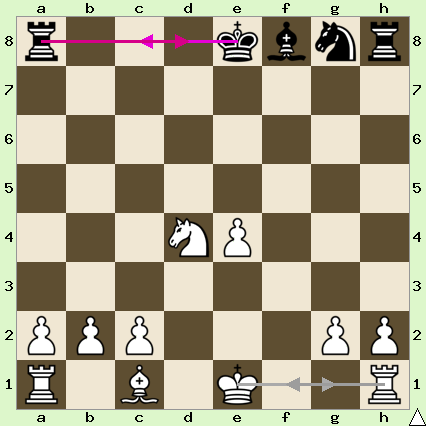
A special move in chess.
In this following position, white can perform what is known as a king-side castle. White has to move his king two spaces to the right, towards the "h" rook, and that rook will jump over the king, which means that the king will end up on the g1 square, while the rook ends up on the f1 square.
The same can be applied to Black's king, where he can perform a queen-side castle. The king will move two squares to the left, towards the a8 rook, and that rook will jump over the king. After castling, the king will end up on the c8 square, and the rook will end up on the d8 square.
The position

After both players have castled
This is what the position looks like after both players have castled their kings. You can see that White has castled kingside, and black has castled queenside.
A general rule of thumb is that castling is good idea in almost every game because it keeps your king safe, and it puts your rook towards the center of the board, developing the rook and getting the rook ready for action.
Black's pawn is on b7, and he decides to move his pawn two spaces down to b5.
Before the En-Passant capture.
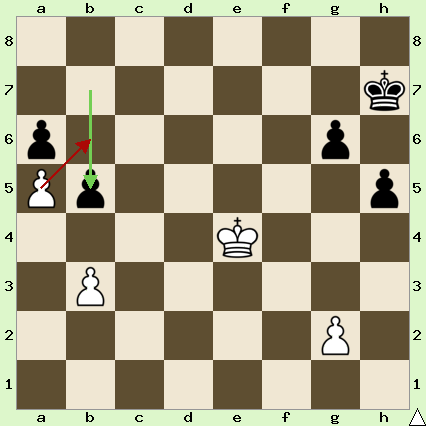
White to move.
The last move that black played was pawn on b7 to b5, moving the pawn two spaces. This special technique white can make is that the white pawn on a5 can still capture the pawn diagonally, as if it had moved diagonally.
After the En-Passant capture
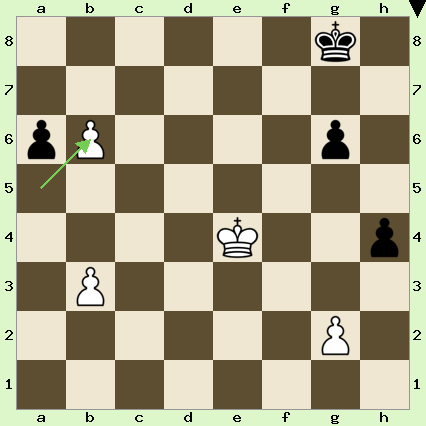
After the move, you can see that white has captured the black pawn, and steps his pawn one step even closer of promotion. Speaking of promotion...
Pawns that make it to the end of the board can turn into another piece, whether it's a bishop, a knight, a rook, or a queen. It's completely up to the player's choice.
Before the pawn promotion.
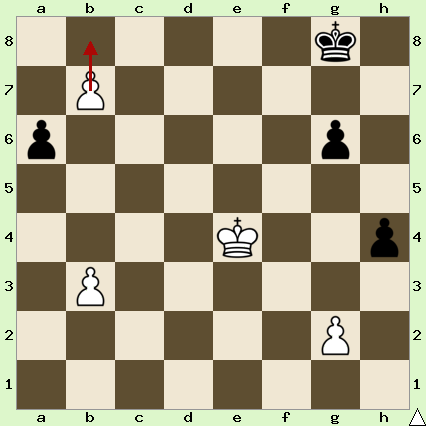
White to move.
The pawn lies on the seventh rank, dangerously close to promotion. Since it's White's move in this position, white can freely promote the pawn to any piece the player wants.
White promotes the pawn that reached the end of the board to a queen.
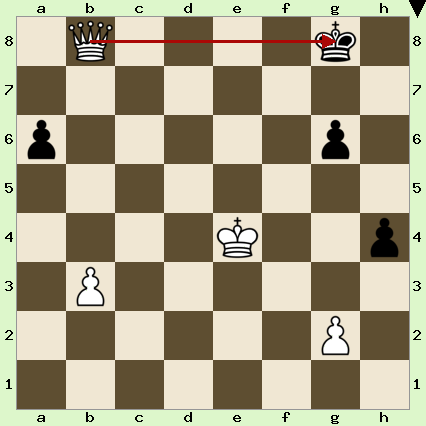
In almost every case you want to promote to a queen. However, there are times where promotions to other pieces can save yourself, like taking a knight to put the king in check whilst attacking the queen. This tactic is called a fork, and it's very devastating to your opponent.
Remember that the three special rules in chess are castling, en-passant, and pawn promotion.